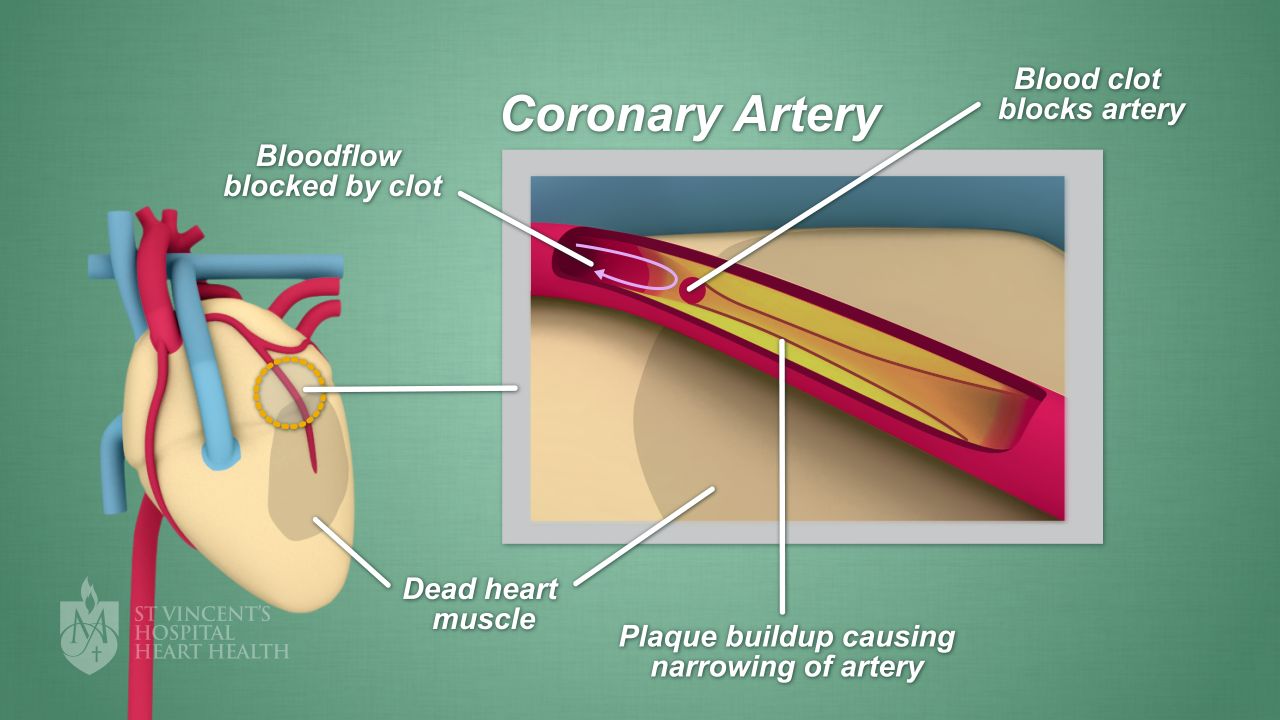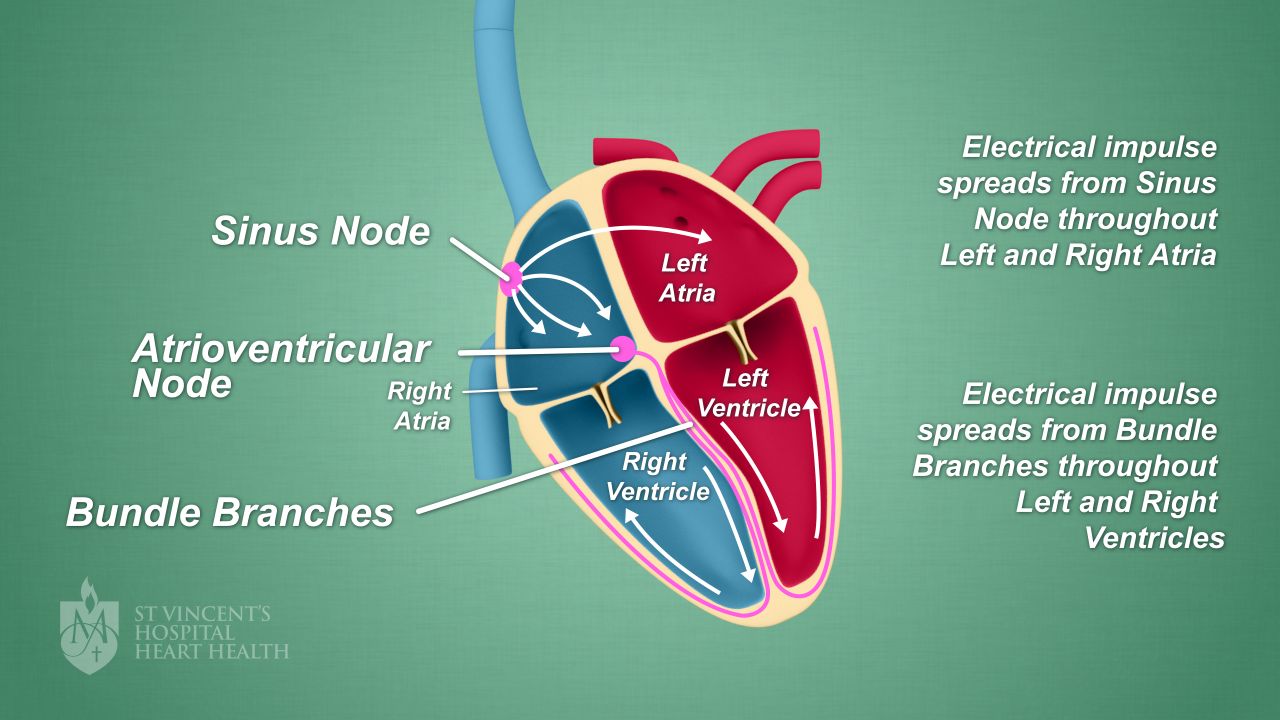Heart attack or cardiac arrest: Aren't they the same thing?
People often think that a cardiac arrest and a heart attack mean the same thing, but they are different.
Putting it simply, your heart is a pump which is made up of two systems - a plumbing system and an electrical system.
What is a heart attack?
The heart has coronary arteries which supply the heart muscle with the blood and nutrients it needs.
A heart attack is when one of the coronary arteries becomes completely blocked with plaque and blood clot – much like a blocked pipe. This blockage stops the flow of blood to the heart i.e.a plumbing problem.
This image below shows what happens during a heart attack.


Some people have a higher chance of having a heart attack than others. This can be due to their family history (genes) or age.
There are also certain lifestyle factors that increase your risk of a heart attack such as having high cholesterol, high blood pressure, diabetes, depression, or being physically inactive, overweight or a smoker.
The treatment for a heart attack requires opening the blocked artery with a stent or by creating a bypass around the blockage, known as cardiac bypass surgery.
A person experiencing a heart attack usually remains conscious (awake) and experiences symptoms such as pressure in their chest or shortness of breath.
You can learn more about heart attacks here.
What is a cardiac arrest?
The heart has its own electrical system which triggers the heart to beat in rhythm and pump blood around the body.
This diagram below shows the heart's electrical pathway.


In a cardiac arrest the hearts electrical system “short circuits”, causing abnormal heart rhythms (called arrhythmias) and the heart to stop pumping.
When this happens, the person has no pulse and quickly loses consciousness.
The treatment for a cardiac arrest, or electrical fault, is defibrillation or a “shock.”
What is the link between a heart attack and a cardiac arrest?
A blockage in the coronary arteries means the heart’s cells are starved of oxygen, which may lead to abnormal heart rhythms.
Therefore, a heart attack can progress to a cardiac arrest, though usually doesn't if promptly treated.
The table below outlines the differences between a heart attack and a cardiac arrest.
|
Heart Attack
|
Cardiac Arrest
|
|
Caused by a blocked artery - a plumbing issue
|
Caused by abnormal electrical signals - an electrical issue
|
|
Usually occurs with symptoms - such as chest tightness or breathlessness
|
Often occurs with no warning
|
|
Can lead to a cardiac arrest
|
Can result from a heart attack
|
|
Treated by widening or bypassing the narrowed artery
|
Treated with defibrillation or "shock"
|
|
Person usually remains conscious
|
Person becomes unconscious quickly
|
|
|
|
What to do
Both situations are medical emergencies and require immediate medical attention. Call 000 (if calling within Australia).
The sooner the condition is treated, the better the outcome.